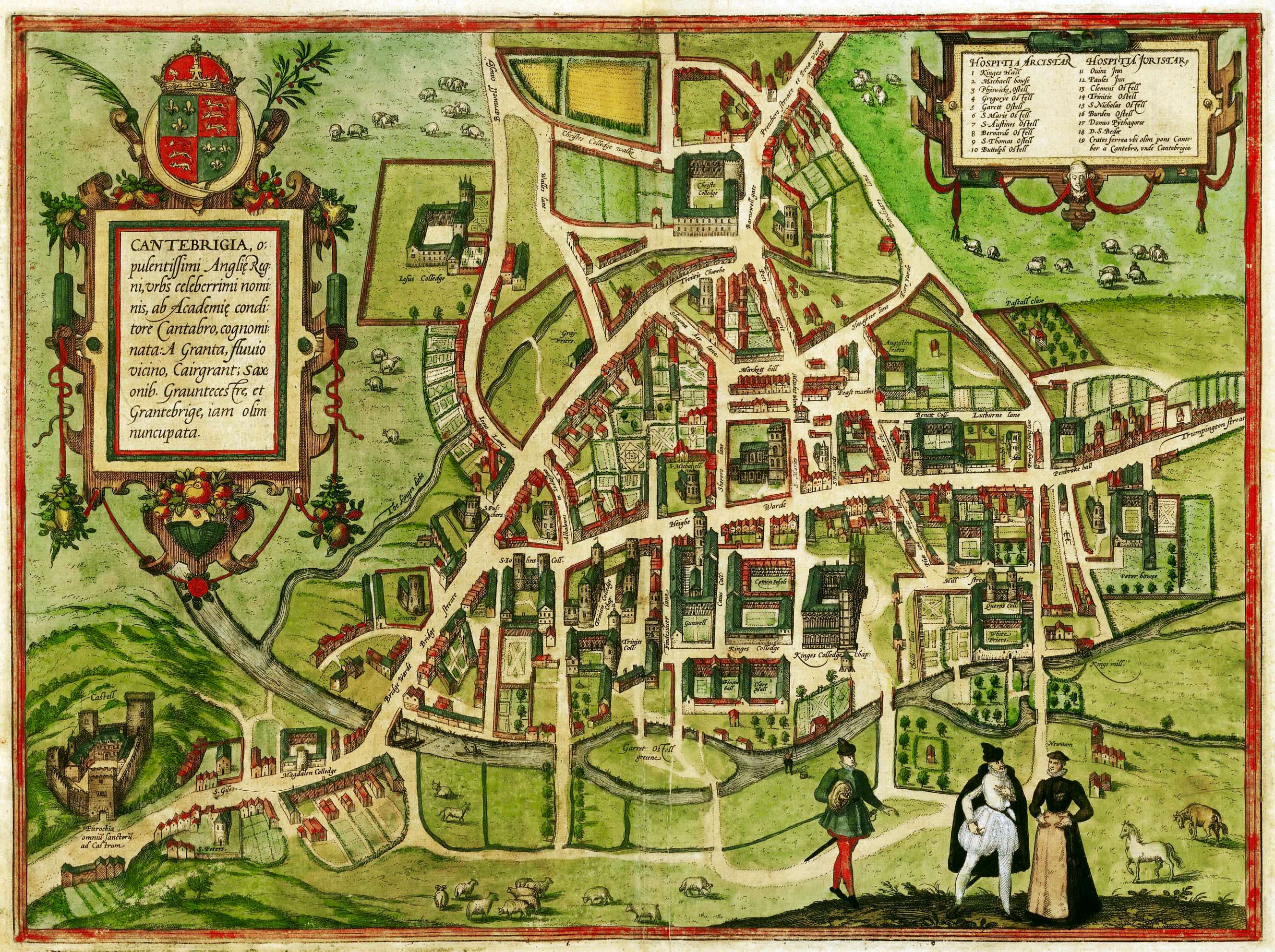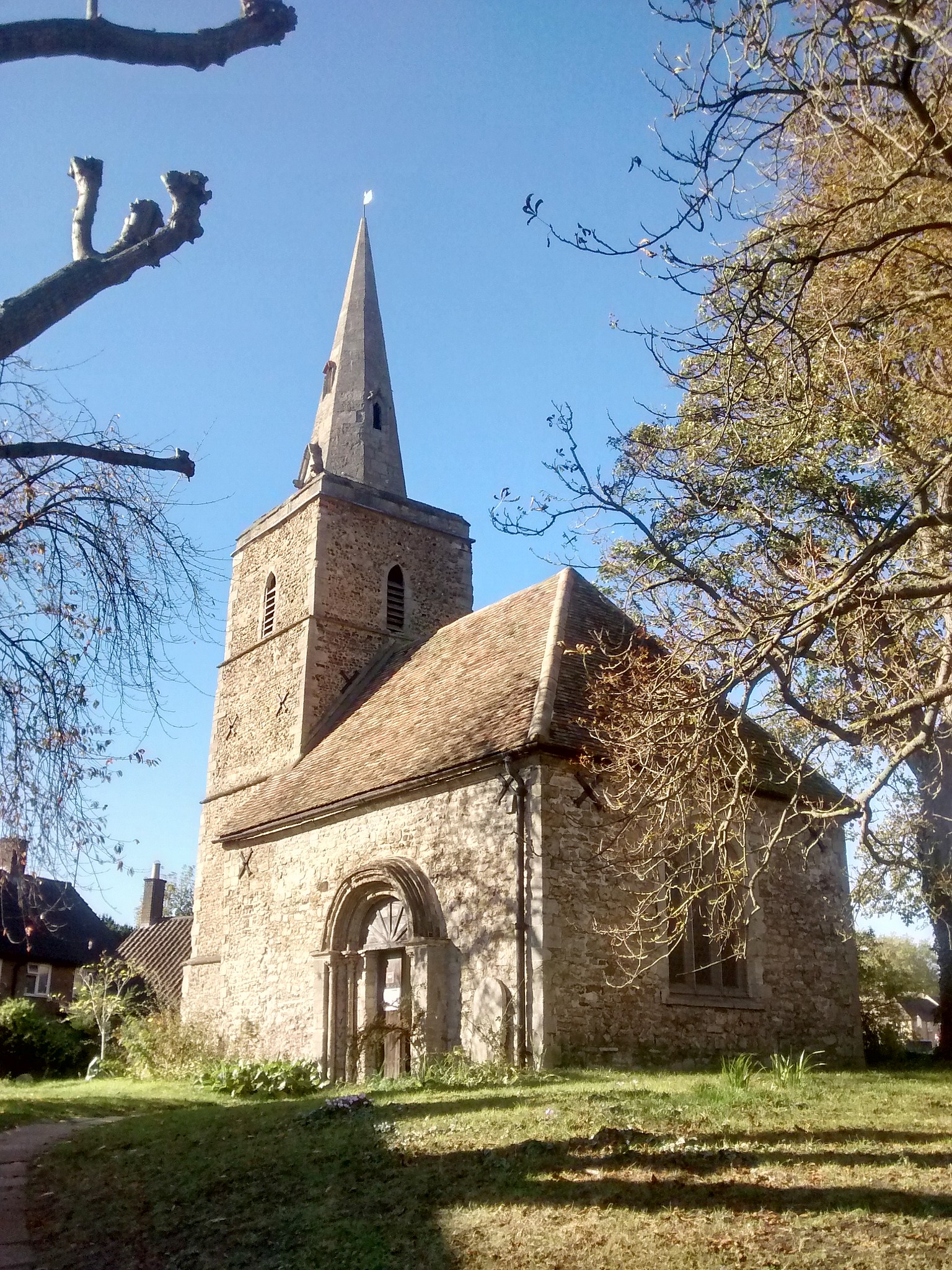|
Castle Street Methodist Church
Castle Street Methodist Church is a Methodist church located on Castle Street, Cambridge, England. Castle Street is one of thirteen churches in the Cambridge Methodist Circuit. It is a working church with a morning service each Sunday, and an evening service on all but the third Sunday in the month. There are 63 members and the minister is The Revd Alison Walker. Building history The first church on the site was converted from a cottage by Primitive Methodists. The first purpose-built chapel constructed in 1823, then rebuilt in 1841 and in 1863. A completely new building, designed by Augustus Frederic Scott was built in 1914 and gained Grade II listed In the United Kingdom, a listed building or listed structure is one that has been placed on one of the four statutory lists maintained by Historic England in England, Historic Environment Scotland in Scotland, in Wales, and the Northern Irel ... status in 2003. In 2010 it underwent a major refurbishment which included ... [...More Info...] [...Related Items...] OR: [Wikipedia] [Google] [Baidu] |
Castle Street, Cambridge
Castle Street is a street in the north of central Cambridge, England.Locale Castle Street [...More Info...] [...Related Items...] OR: [Wikipedia] [Google] [Baidu] |
United Kingdom
The United Kingdom of Great Britain and Northern Ireland, commonly known as the United Kingdom (UK) or Britain, is a country in Europe, off the north-western coast of the continental mainland. It comprises England, Scotland, Wales and Northern Ireland. The United Kingdom includes the island of Great Britain, the north-eastern part of the island of Ireland, and many smaller islands within the British Isles. Northern Ireland shares a land border with the Republic of Ireland; otherwise, the United Kingdom is surrounded by the Atlantic Ocean, the North Sea, the English Channel, the Celtic Sea and the Irish Sea. The total area of the United Kingdom is , with an estimated 2020 population of more than 67 million people. The United Kingdom has evolved from a series of annexations, unions and separations of constituent countries over several hundred years. The Treaty of Union between the Kingdom of England (which included Wales, annexed in 1542) and the Kingdom of Scotland in 170 ... [...More Info...] [...Related Items...] OR: [Wikipedia] [Google] [Baidu] |
Methodist Church Of Great Britain
The Methodist Church of Great Britain is a Protestantism, Protestant List of Christian denominations, Christian denomination in Britain, and the mother church to Methodism, Methodists worldwide. It participates in the World Methodist Council, and the World Council of Churches among other ecumenical associations. Methodism began primarily through the work of John Wesley (1703–1791), who led an evangelical Christian revival, revival in 18th-century Britain. An Anglican priest, Wesley adopted unconventional and controversial practices, such as open-air preaching, to reach factory labourers and newly urbanised masses uprooted from their traditional village culture at the start of the Industrial Revolution. His preaching centred upon the universality of God's Grace in Christianity, grace for all, the Sanctification, transforming effect of faith on character, and the possibility of Christian perfection, perfection in love during this life. He organised the new converts locally and in ... [...More Info...] [...Related Items...] OR: [Wikipedia] [Google] [Baidu] |
Primitive Methodist Church
The Primitive Methodist Church is a Methodist Christian denomination with the holiness movement. It began in England in the early 19th century, with the influence of American evangelist Lorenzo Dow (1777–1834). In the United States, the Primitive Methodist Church had eighty-three parishes and 8,487 members in 1996. In Great Britain and Australia, the Primitive Methodist Church merged with other denominations, to form the Methodist Church of Great Britain in 1932 and the Methodist Church of Australasia in 1901. The latter subsequently merged into the Uniting Church in Australia in 1977. Beliefs The Primitive Methodist Church recognizes the dominical sacraments of Baptism and Holy Communion, as well as other rites, such as Holy Matrimony. History United Kingdom The leaders who originated Primitive Methodism were attempting to restore a spirit of revivalism as they felt was found in the ministry of John Wesley, with no intent of forming a new church. The leaders were Hugh Bourn ... [...More Info...] [...Related Items...] OR: [Wikipedia] [Google] [Baidu] |
Augustus Frederic Scott
Augustus Frederic Scott (1854–1936) a Norwich-based Architect who was born in 1854 in the Breckland village of Rockland St Peter, Norfolk.Augustus Frederic Scott Retrieved 27 January 2013 His work included both and buildings, in addition to several large hotels and many private commissions. Personal life His father was a minister called Jonathan Scott. Followin ...[...More Info...] [...Related Items...] OR: [Wikipedia] [Google] [Baidu] |
Methodist Circuit
The organisation of the Methodist Church of Great Britain is based on the principle of connexionalism. This means that British Methodism, from its inception under John Wesley (1703–1791), has always laid strong emphasis on mutual support, in terms of ministry, mission and finance, of one local congregation for another. No singular church community has ever been seen in isolation either from its immediately neighbouring church communities or from the centralised national organisation. Wesley himself journeyed around the country, preaching and establishing local worshipping communities, called "societies", often under lay leadership. Soon these local communities of worshipping Christians formalised their relationships with neighbouring Methodist communities to create "circuits", and the circuits and societies contained within them, were from the very beginning 'connected' (hence the distinctive Methodist concept of the "Connexion") to the centre and Methodism's governing body, th ... [...More Info...] [...Related Items...] OR: [Wikipedia] [Google] [Baidu] |
Church Service
A church service (or a service of worship) is a formalized period of Christian communal worship, often held in a church building. It often but not exclusively occurs on Sunday, or Saturday in the case of those churches practicing seventh-day Sabbatarianism. The church service is the gathering together of Christians to be taught the "Word of God" (the Christian Bible) and encouraged in their faith. Technically, the "church" in "church service" refers to the gathering of the faithful rather than to the building in which it takes place. In most Christian traditions, services are presided over by clergy wherever possible. Styles of service vary greatly, from the Anglican, Eastern Orthodox, Oriental Orthodox, Presbyterian, Roman Catholic, and Lutheran traditions of liturgical worship to the evangelical Protestant style, that often combines worship with teaching for the believers, which may also have an evangelistic component appealing to the non-Christians or skeptics in the congre ... [...More Info...] [...Related Items...] OR: [Wikipedia] [Google] [Baidu] |
Listed Building
In the United Kingdom, a listed building or listed structure is one that has been placed on one of the four statutory lists maintained by Historic England in England, Historic Environment Scotland in Scotland, in Wales, and the Northern Ireland Environment Agency in Northern Ireland. The term has also been used in the Republic of Ireland, where buildings are protected under the Planning and Development Act 2000. The statutory term in Ireland is " protected structure". A listed building may not be demolished, extended, or altered without special permission from the local planning authority, which typically consults the relevant central government agency, particularly for significant alterations to the more notable listed buildings. In England and Wales, a national amenity society must be notified of any work to a listed building which involves any element of demolition. Exemption from secular listed building control is provided for some buildings in current use for worship, ... [...More Info...] [...Related Items...] OR: [Wikipedia] [Google] [Baidu] |
James Jepson Binns
James Jepson Binns (c. 1855–11 March 1928) was a pipe organ builder based in Leeds, West Yorkshire, England. Organs Pipe organs at the following locations were either built or rebuilt by James Jepson Binns or his JJ Binns company. A number of these buildings have been demolished and the organs broken up or destroyed. Many original Binns organs in this list have been subsequently rebuilt by other organ builders. *Albert Hall, Nottingham – built by Binns in 1909, replacing a Brindley & Foster destroyed by fire. *All Saints' Church, Stamford – the 1890 Hill organ was rebuilt by Binns in 1916. *Baillie Street Methodist Church. Rochdale – built 1892. Building demolished, but organ acquired by Christ Church, Worthing in 1967. *Castle Street Methodist Church, Cambridge has one of the last organs built before Binns's death. *Christ Church, Patricroft, City of Salford – built 1896. *Christ Church, Great Ayton – build date uncertain, possibly around 1899. *Christ Church, Worth ... [...More Info...] [...Related Items...] OR: [Wikipedia] [Google] [Baidu] |
St Giles' Church, Cambridge
The Church of St Giles is a Grade II*-listed church in Cambridge, England. It is a Church of England parish church in the Parish of the Ascension of the Diocese of Ely, located on the junction of Castle Street and Chesterton Road. It was completed and consecrated by the Bishop of Ely in 1875, to replace an earlier church founded in 1092. The church, which added "with St Peter" to its appellation when the neighbouring St Peter's Church became redundant, is home to both an Anglican and a Romanian Orthodox congregation and is used as a venue for concerts and other events. It also serves as a main location of the Cambridge Churches Homeless Project. The war memorial in the churchyard, designed by Bodley and Hare and unveiled in 1920, is Grade II-listed. History Foundation St Giles' Church was founded in 1092 by an endowment from Hugolina de Gernon, the wife of Picot of Cambridge, baron of Bourn and county sheriff. According to the 12th-century writings of Alfred of Beverley, Hu ... [...More Info...] [...Related Items...] OR: [Wikipedia] [Google] [Baidu] |
St Peter's Church, Cambridge
The Church of St Peter is a redundant Church of England (Anglican) church in Cambridge, in the Parish of the Ascension of the Diocese of Ely, located on Castle Street between Honey Hill and Kettle's Yard. The church is now in the care of the Churches Conservation Trust. The church is usually open and sometimes hosts art exhibitions in cooperation with the Kettle's Yard gallery. History The church has been known as "St Peter by the Castle" (''ad castrum'') or "Beyond the Bridge" to distinguish it from St Peter-without-Trumpington Gate (now Little St Mary's). The present structure is the remnant of one that went back to the 12th century, with a nave, chancel, south aisle, and west tower and spire. Former county archaeologist Alison Taylor suggests that, due to its location, across the Roman road from St Giles' Church, it may have its origins in the Anglo-Saxon period but no evidence of the church prior to the Norman period has currently been discovered. Under the Tudor monarc ... [...More Info...] [...Related Items...] OR: [Wikipedia] [Google] [Baidu] |
Ship Of Fools (website)
Ship of Fools is a UK-based Christian satirical website. Origins Ship of Fools was first launched as a magazine in 1977. The magazine folded in 1983 and was resurrected as an internet magazine website and bulletin board system community forum in 1998. Subtitled "the magazine of Christian unrest", Ship of Fools pokes fun and asks critical questions about the Christian faith. The site is part magazine and part web community. Leadership Ship of Fools was founded and is edited by Simon Jenkins (editor) and Stephen Goddard (co-editor). Jenkins is an author, designer and cartoonist from London (not to be confused with Sir Simon Jenkins, former Editor of The Times and author of ''England's Thousand Best Churches''). Goddard is a journalist and public relations consultant; both have formal theological education. They also perform a show, ''Ship of Fools Live'', in churches, universities and elsewhere, with excerpts from the site's magazine content. The show toured in the United States i ... [...More Info...] [...Related Items...] OR: [Wikipedia] [Google] [Baidu] |






